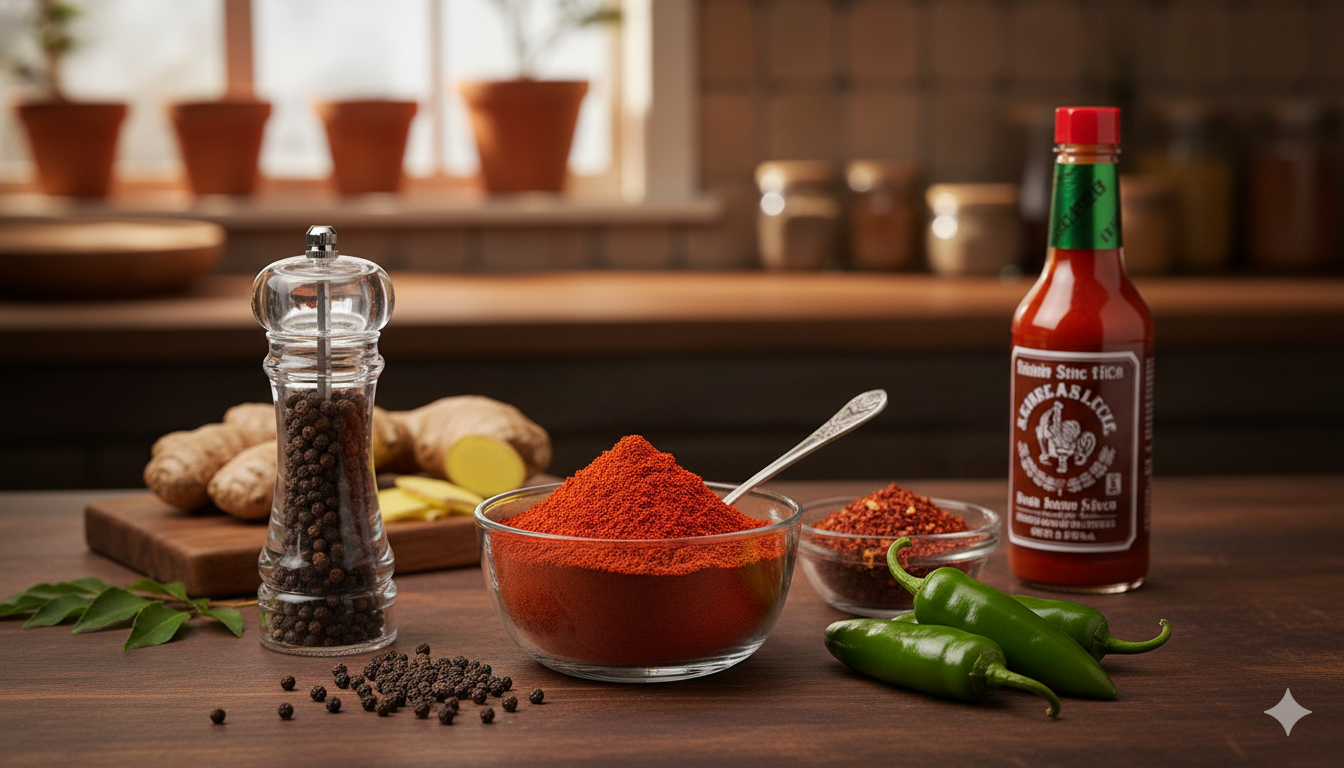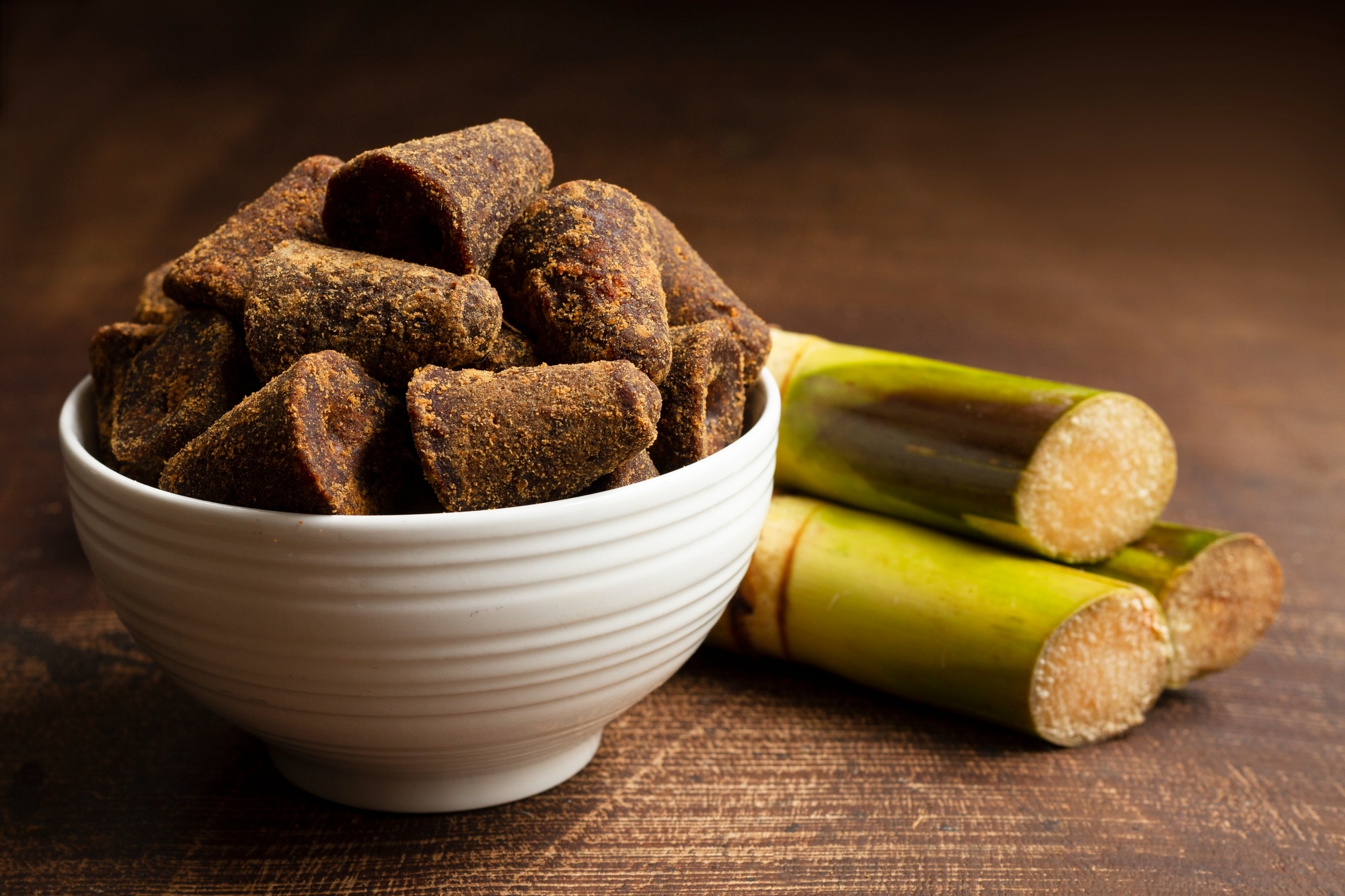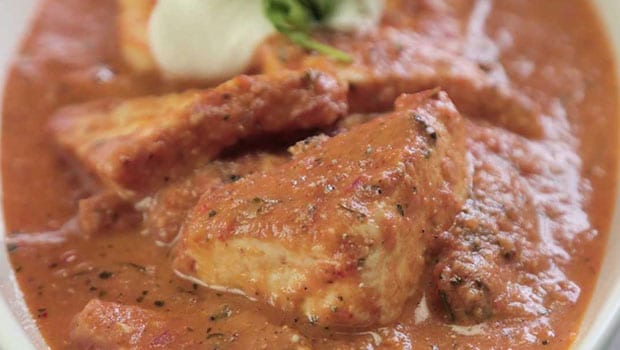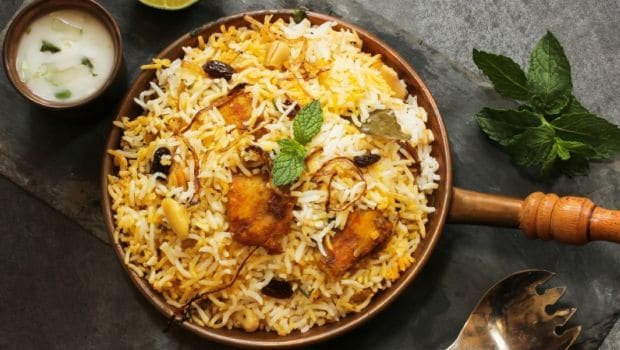It was in 2013, just under four years ago, when I first realised how much we rely upon our eyes to eat. Chef Vikramjit Roy had just opened Pan Asian at Chennai’s ITC Chola, and the spectacular meals he served up there always ended with a little taste test. Half a dozen or such scoops of ice cream were brought out and you were asked to identify the flavours—that ranged from guacamole to good old banana. It is astonishing how many people flunked that test. So did I.Dining, of course, is a multi sensory experience. We taste food not just on our palates but through all other senses. And smell is as important to “tasting” food as sight or touch. Indian food traditions have always understood this instinctively and that is why one of the keys to understanding Indian cuisines is through the use of aromatics.Unlike many other cooking traditions that play upon the pristineness of ingredients and seek to highlight their innate taste and texture, many Indian culinary traditions seek to do almost the opposite. Natural flavours are often masked, and if not that, they are complimented and made more complex through the use of spices. A number of these spices work as aromatics, and are added at different stages of cooking to create a layered effect when it comes to tasting that dish.

The Sense of Smell
In fact, the hallmark of fine Indian cooking is not the bunging in of disparate ingredients all together but a much more refined effect created by layering different notes of flavour. In a curry, for instance, that is cooked with finesse, you should be able to smell different notes in succession. At home when we cook, we don’t perhaps pay attention to the order in which we put in spices, but there is a method to the madness. The most volatile spice is added at the end, the least at the beginning to create a base. So the likes of green cardamom, mace (Javitri in Hindi) and so on are always used to finish a complex curry. These are the aromats that you sense first as you begin to spoon up a qorma or qaliya.A much humbler, mundane sort of use of aromatic spices is of course in the tempering of our dals. Many oblivious chefs today, without any understanding of the classical principles of Indian cooking, do what I call dhaba-style cooking. Temper everything with garlic and ghee and rely on these two powerful aromats to make your food smell delicious. It’s a shortcut to deliciousness for sure, but it does take away from the refined, subtler pleasures of using ingredients with discretion and judiciousness to create specific effects.
 The Importance of Hing and GarlicIn homes, especially across northern India, asafoetida, was the powerful aromat of choice to temper dals and vegetables, when no onion or garlic was used in the cooking. That is because the sulphur compounds in hing mimic the notes found in onion and garlic. So traditional Indian vegetarian kitchens used hing as a substitute for the taboo vegetables.On the other hand, kitchens that used onion and garlic in their meat preparations did not use hing. The use of hing is, in fact, what distinguishes cooking in Hindu and Muslim homes of the same region—even when almost identical dishes were being cooked.The use of garlic, a powerful ingredient, whose smell drowns out all other notes, was never as pervasive in home-style cooking as it is now thanks to restaurant-style dishes relying excessively on the ingredient.
The Importance of Hing and GarlicIn homes, especially across northern India, asafoetida, was the powerful aromat of choice to temper dals and vegetables, when no onion or garlic was used in the cooking. That is because the sulphur compounds in hing mimic the notes found in onion and garlic. So traditional Indian vegetarian kitchens used hing as a substitute for the taboo vegetables.On the other hand, kitchens that used onion and garlic in their meat preparations did not use hing. The use of hing is, in fact, what distinguishes cooking in Hindu and Muslim homes of the same region—even when almost identical dishes were being cooked.The use of garlic, a powerful ingredient, whose smell drowns out all other notes, was never as pervasive in home-style cooking as it is now thanks to restaurant-style dishes relying excessively on the ingredient. Smoking Indian DishesInstead, of the excessive use of garlic, other aromats were used. A way to flavour the meats, for instance, was by smoking them with a variety of woods. Sandalwood and agar were common aromats in courtly, Mughal-influenced cuisines, and everything from mince, pan-fried kebabs to biryanis and grills could be smoked with such exotic scents. And it wasn’t just meats either that benefitted from the treatment. Both desserts and drinks could be similarly treated. Some of these traditions abide till today. Smoking of shami kebabs is sometimes done on special occasions in Kayasth homes of UP. Avadhi and Rajasthani food both have what the later call “dungar”, where smoke is introduced by burning a spice or wood in ghee. And I even came across a tradition of smoking sharbats by the royal family of Arcot at Amir Mahal, their home in Chennai. Milk thickened and mixed in rich with dried fruit is finally smoked with agar wood to give it a richer flavour.Gulab Jal and KewraMughal cooking and the several cuisines that have been influenced by it in India was influenced by the refined culinary practices of the Persian world. These links can be traced through the use of aromats and perfumery in food, which was a feature of the Persian culinary traditions. In Lucknow (and Hyderabad), commercial biryani cooks still finish their dishes with meetha itr, literally sweet scent. In home-style cooking, kewra (screwpine) and gulab jal (rose water) were the traditional items of perfumery kept at home. A few drops of these were used to finish curries, rice dishes and desserts like phirni and kheer.
Smoking Indian DishesInstead, of the excessive use of garlic, other aromats were used. A way to flavour the meats, for instance, was by smoking them with a variety of woods. Sandalwood and agar were common aromats in courtly, Mughal-influenced cuisines, and everything from mince, pan-fried kebabs to biryanis and grills could be smoked with such exotic scents. And it wasn’t just meats either that benefitted from the treatment. Both desserts and drinks could be similarly treated. Some of these traditions abide till today. Smoking of shami kebabs is sometimes done on special occasions in Kayasth homes of UP. Avadhi and Rajasthani food both have what the later call “dungar”, where smoke is introduced by burning a spice or wood in ghee. And I even came across a tradition of smoking sharbats by the royal family of Arcot at Amir Mahal, their home in Chennai. Milk thickened and mixed in rich with dried fruit is finally smoked with agar wood to give it a richer flavour.Gulab Jal and KewraMughal cooking and the several cuisines that have been influenced by it in India was influenced by the refined culinary practices of the Persian world. These links can be traced through the use of aromats and perfumery in food, which was a feature of the Persian culinary traditions. In Lucknow (and Hyderabad), commercial biryani cooks still finish their dishes with meetha itr, literally sweet scent. In home-style cooking, kewra (screwpine) and gulab jal (rose water) were the traditional items of perfumery kept at home. A few drops of these were used to finish curries, rice dishes and desserts like phirni and kheer. Modern experiments in food, which recognise dining as a multisensory experience, are now trying to work with essential oils, pairing various perfumes like jasmine and rose with steaks and bakes. The medievalists did much the same. After all, the more things change, the more they remain the same.About the Author:
Modern experiments in food, which recognise dining as a multisensory experience, are now trying to work with essential oils, pairing various perfumes like jasmine and rose with steaks and bakes. The medievalists did much the same. After all, the more things change, the more they remain the same.About the Author:
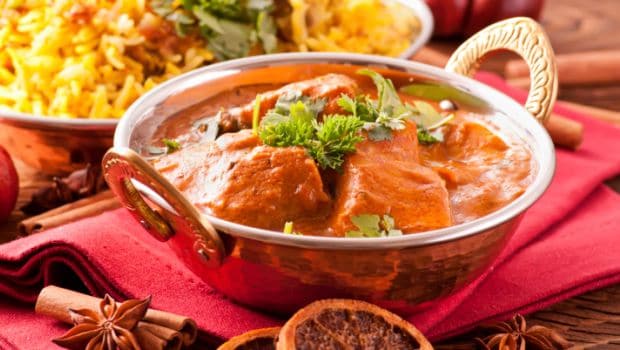
The Sense of Smell
In fact, the hallmark of fine Indian cooking is not the bunging in of disparate ingredients all together but a much more refined effect created by layering different notes of flavour. In a curry, for instance, that is cooked with finesse, you should be able to smell different notes in succession. At home when we cook, we don’t perhaps pay attention to the order in which we put in spices, but there is a method to the madness. The most volatile spice is added at the end, the least at the beginning to create a base. So the likes of green cardamom, mace (Javitri in Hindi) and so on are always used to finish a complex curry. These are the aromats that you sense first as you begin to spoon up a qorma or qaliya.A much humbler, mundane sort of use of aromatic spices is of course in the tempering of our dals. Many oblivious chefs today, without any understanding of the classical principles of Indian cooking, do what I call dhaba-style cooking. Temper everything with garlic and ghee and rely on these two powerful aromats to make your food smell delicious. It’s a shortcut to deliciousness for sure, but it does take away from the refined, subtler pleasures of using ingredients with discretion and judiciousness to create specific effects.
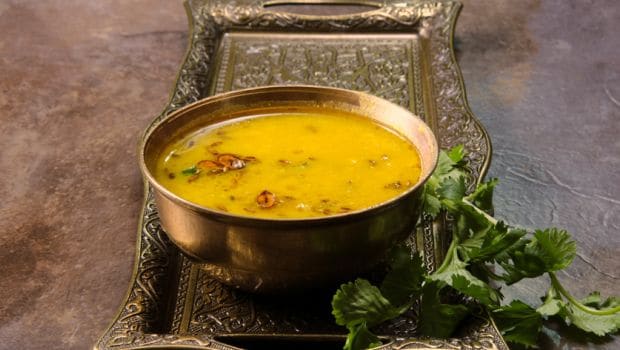
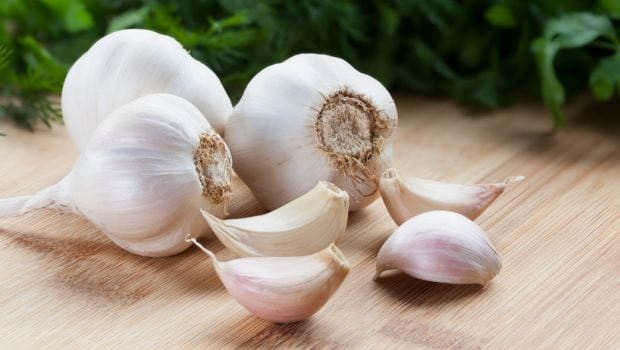 Smoking Indian DishesInstead, of the excessive use of garlic, other aromats were used. A way to flavour the meats, for instance, was by smoking them with a variety of woods. Sandalwood and agar were common aromats in courtly, Mughal-influenced cuisines, and everything from mince, pan-fried kebabs to biryanis and grills could be smoked with such exotic scents. And it wasn’t just meats either that benefitted from the treatment. Both desserts and drinks could be similarly treated. Some of these traditions abide till today. Smoking of shami kebabs is sometimes done on special occasions in Kayasth homes of UP. Avadhi and Rajasthani food both have what the later call “dungar”, where smoke is introduced by burning a spice or wood in ghee. And I even came across a tradition of smoking sharbats by the royal family of Arcot at Amir Mahal, their home in Chennai. Milk thickened and mixed in rich with dried fruit is finally smoked with agar wood to give it a richer flavour.Gulab Jal and KewraMughal cooking and the several cuisines that have been influenced by it in India was influenced by the refined culinary practices of the Persian world. These links can be traced through the use of aromats and perfumery in food, which was a feature of the Persian culinary traditions. In Lucknow (and Hyderabad), commercial biryani cooks still finish their dishes with meetha itr, literally sweet scent. In home-style cooking, kewra (screwpine) and gulab jal (rose water) were the traditional items of perfumery kept at home. A few drops of these were used to finish curries, rice dishes and desserts like phirni and kheer.
Smoking Indian DishesInstead, of the excessive use of garlic, other aromats were used. A way to flavour the meats, for instance, was by smoking them with a variety of woods. Sandalwood and agar were common aromats in courtly, Mughal-influenced cuisines, and everything from mince, pan-fried kebabs to biryanis and grills could be smoked with such exotic scents. And it wasn’t just meats either that benefitted from the treatment. Both desserts and drinks could be similarly treated. Some of these traditions abide till today. Smoking of shami kebabs is sometimes done on special occasions in Kayasth homes of UP. Avadhi and Rajasthani food both have what the later call “dungar”, where smoke is introduced by burning a spice or wood in ghee. And I even came across a tradition of smoking sharbats by the royal family of Arcot at Amir Mahal, their home in Chennai. Milk thickened and mixed in rich with dried fruit is finally smoked with agar wood to give it a richer flavour.Gulab Jal and KewraMughal cooking and the several cuisines that have been influenced by it in India was influenced by the refined culinary practices of the Persian world. These links can be traced through the use of aromats and perfumery in food, which was a feature of the Persian culinary traditions. In Lucknow (and Hyderabad), commercial biryani cooks still finish their dishes with meetha itr, literally sweet scent. In home-style cooking, kewra (screwpine) and gulab jal (rose water) were the traditional items of perfumery kept at home. A few drops of these were used to finish curries, rice dishes and desserts like phirni and kheer.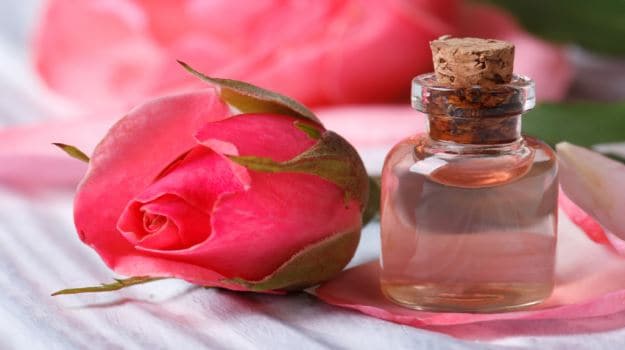 Modern experiments in food, which recognise dining as a multisensory experience, are now trying to work with essential oils, pairing various perfumes like jasmine and rose with steaks and bakes. The medievalists did much the same. After all, the more things change, the more they remain the same.About the Author:
Modern experiments in food, which recognise dining as a multisensory experience, are now trying to work with essential oils, pairing various perfumes like jasmine and rose with steaks and bakes. The medievalists did much the same. After all, the more things change, the more they remain the same.About the Author:Anoothi Vishal is the author of Mrs LC's Table. She is also a columnist and food writer, specialising in cuisine history, culinary links between communities and regions, and the business of restaurants.
Disclaimer:
The opinions expressed within this article are the personal opinions of the author. NDTV is not responsible for the accuracy, completeness, suitability, or validity of any information on this article. All information is provided on an as-is basis. The information, facts or opinions appearing in the article do not reflect the views of NDTV and NDTV does not assume any responsibility or liability for the same.
Advertisement



